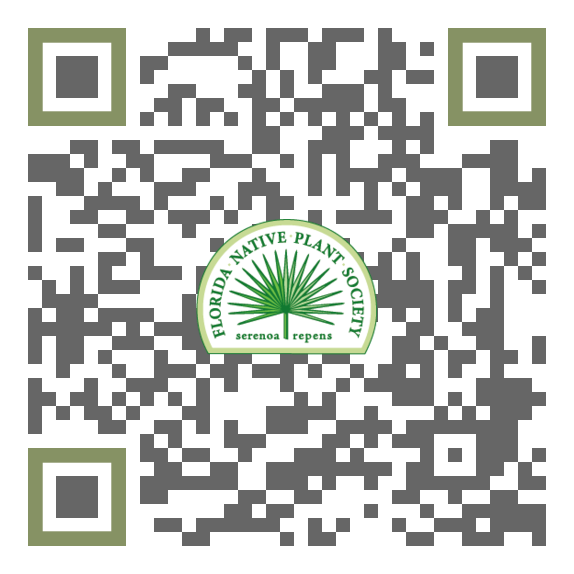Taxus floridana
Photographs belong to the photographers who allow use for FNPS purposes only. Please contact the photographer for all other uses.
Florida Yew
Taxaceae
Plant Specifics
| Form: | Tree | |
| Size: | to 25 ft tall by to 15 ft wide | |
| Life Span: | Long-lived perennial | |
| Flower Color: | NA | |
| Fruit Color: | Red | |
| Phenology: | Evergreen. | |
| Noted for: | Showy fruits |
Landscaping
| Recommended Uses: | Use as a specimen plant either as a small tree or large shrub. | ||||||||||||||||||||||||||||||||||||||||||
| Considerations: | Poisonous seeds and foliage for both humans and livestock. Difficult to establish in general landscapes. | ||||||||||||||||||||||||||||||||||||||||||
| Propagation: | Seed or cuttings. | ||||||||||||||||||||||||||||||||||||||||||
| Availability: | Native nurseries | ||||||||||||||||||||||||||||||||||||||||||
| Light: | Part Shade, Shade | ||||||||||||||||||||||||||||||||||||||||||
| Moisture Tolerance: |
always floodedextremely dry |
||||||||||||||||||||||||||||||||||||||||||
| (Somewhat moist, no flooding ----- to ----- Somewhat long very dry periods) | |||||||||||||||||||||||||||||||||||||||||||
| Moisture Tolerance: | Somewhat moist, no flooding ----- to ----- Somewhat long very dry periods | ||||||||||||||||||||||||||||||||||||||||||
| Salt Water Flooding Tolerance: | Not salt tolerant of inundation by salty or brackish water. | ||||||||||||||||||||||||||||||||||||||||||
| Salt Spray/ Salty Soil Tolerance: | Low/no tolerance of salty wind or direct salt spray | ||||||||||||||||||||||||||||||||||||||||||
| Soil or other substrate: | Loam, Sand | ||||||||||||||||||||||||||||||||||||||||||
| Soil pH: | Slightly acidic | ||||||||||||||||||||||||||||||||||||||||||
Ecology
| Wildlife: |
Birds and other animals eat the fruit. Poisonous to humans and livestock. | |
| Insects: | ||
| Native Habitats: | Slope forest. Rich wooded ravines and cedar swamps. It typically grows in groups of small trees (clones). This species can be seen planted at Torreya St. Pk. and wild at Appalachicola Bluffs and Ravines TNC Preserve. |
Distribution and Planting Zones
Natural Range in Florida
USDA Zones
Suitable to grow in:
8A 8B 9A 9B

USDA zones are based on minimum winter temperatures
Comments
| General Comments: | This tree has male and female plants. Females have red berry-like cones. This species is extremely rare. Be sure to obtain this plant from properly licensed nurseries. |





